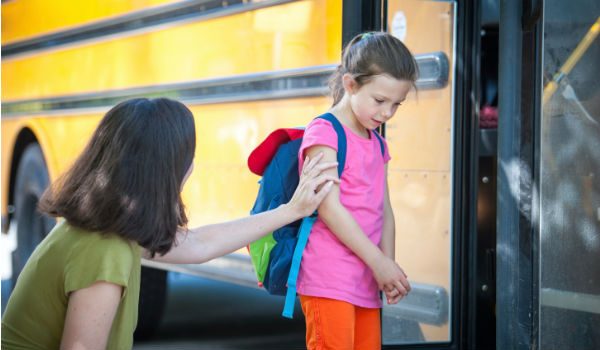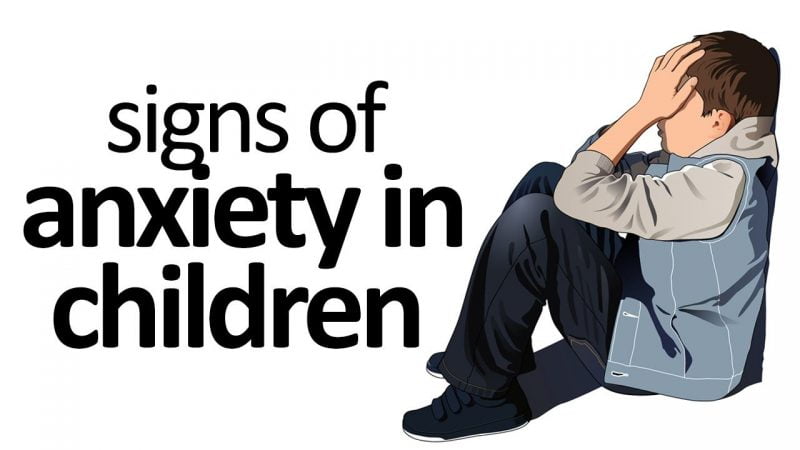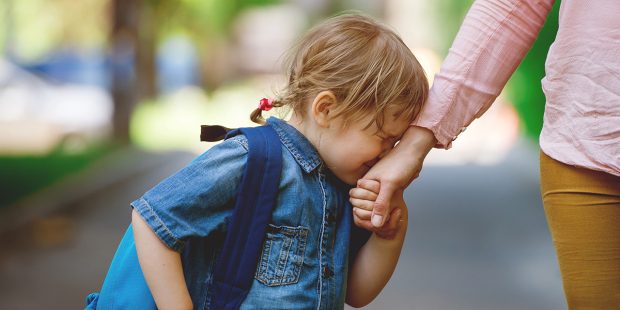Its most commonly observed symptoms are thus observed when a child is separated or taken away from its caregiver and when it breaks into cries and screams.

Another common example is when a child is to attend school. While some crying and tears are common, separation anxiety takes a form of clinical disorder if it is too strong and persistent and can keep your child from functioning properly. The disorder is the most common anxiety attack among children under 12 – with some studies claiming that one in every twenty-five children suffering from it.
The disorder might affect adolescents too who might be, ironically, more secretive about their suffering. Some symptoms of separation anxiety include:

- Recurring excessive distress on separation from the caregiver
- Excessive fear of losing the loved person
- Nightmares about separation
- Refusal goes away from or resistance upon being taken away from home or the object of adoration
- Excessive thinking about unexpected accidents that might cause separation such as accidents or kidnapping
- Physical problems such as vomiting or headaches upon separation.
- Refusal to sleep away from home or person adored. If they wake up at night, they will make their way to their parents’ room and shadow them everywhere during the day.
- They have trouble developing social relationships.
- Depression
If your child is showing such signs, you must not ignore them and quickly take your child to action.
Even if it doesn’t take the form of the disorder, anxiety is anxiety and not such a very good thing for the child. Here are some things you can do to help your child with his or her separation anxiety:

1. With younger children, a very common trick is to give them a ‘comfort object’ – a stuffed toy or a blanket, etc. The child from its birth has come to find its idea of security in the caregiver. This idea of security can be shifted to an object which will help the child deal with the separation from the parent. The child can be allowed to carry this comfort object to its school.

2. Instead of separating from the child for hours the very first day. You can gradually increase the duration of separation from a few minutes to a few hours. Even in the case of schools you can drop the child a bit late and take him or her home a bit earlier.
3. Let the child get used to the environment in school while a caregiver is still around.

In the most serious cases, some therapy might be needed. Separation anxiety is not lethal, the chances are your child will manage it somehow – the idea is to make it easier for your child, as easy as possible.

